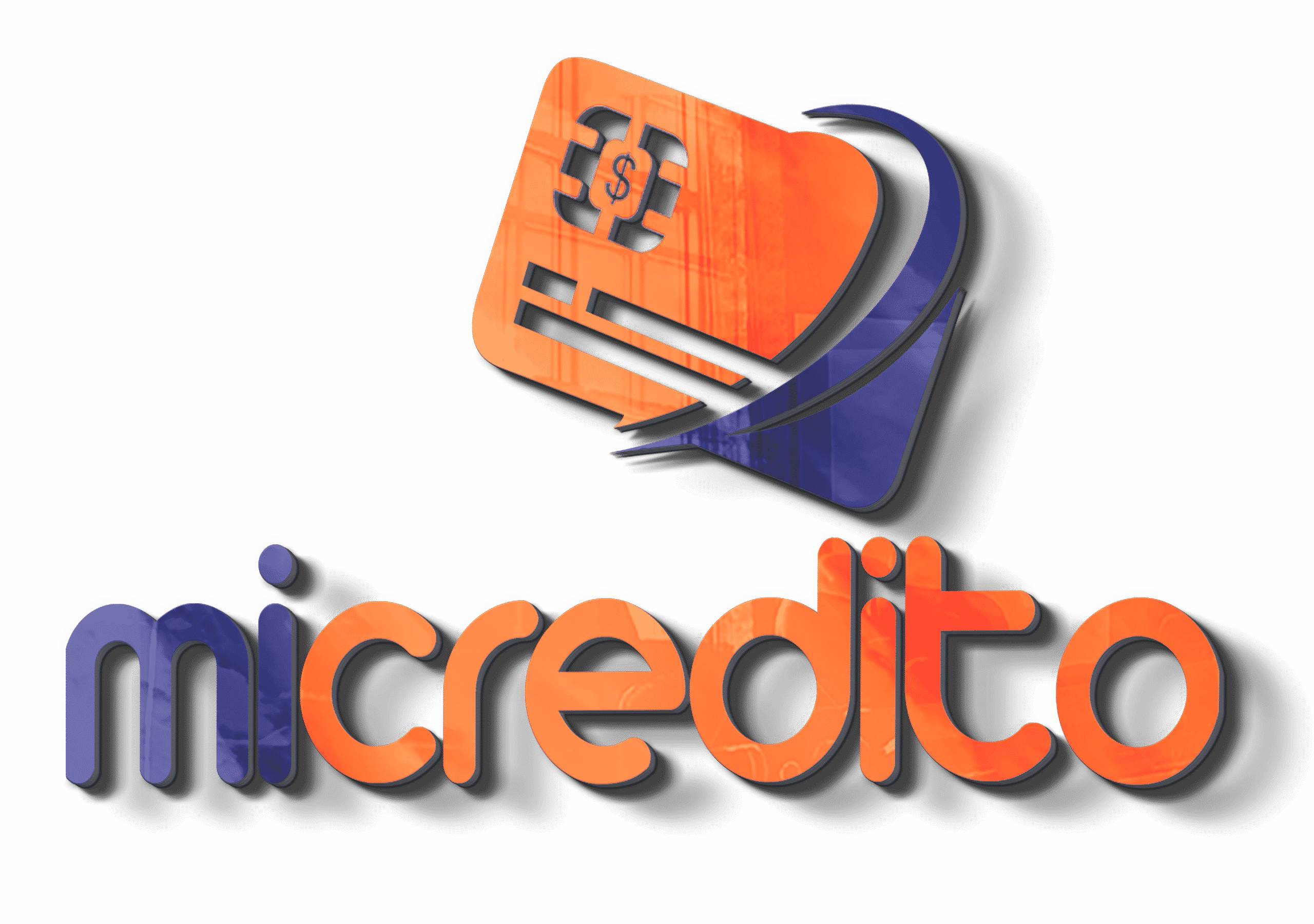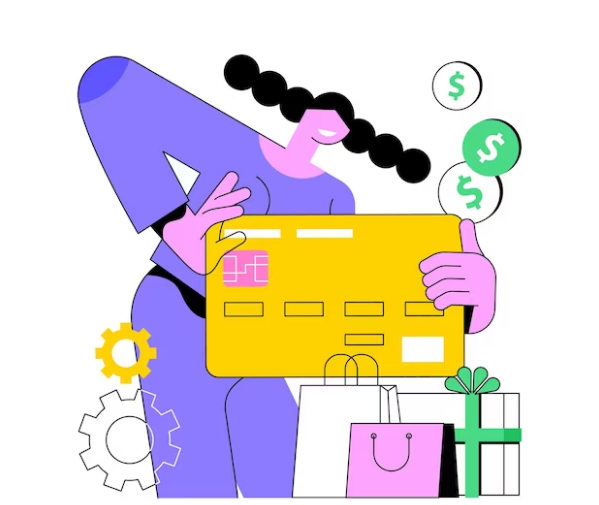In today’s digital economy, credit cards have become more than just tools for payment—they are catalysts shaping the way consumers behave in online marketplaces. Their role extends beyond mere convenience, embedding psychological and financial incentives that encourage shoppers to spend more freely and frequently. In the United States, where credit card penetration is among the highest globally, these payment instruments are pivotal in defining shopping patterns.
But what makes credit cards so influential in this arena? To fully grasp their impact, we must explore how they tap into psychological triggers, streamline transactions, and even incentivize consumption through rewards programs. Understanding this dynamic is crucial for both consumers aiming to shop responsibly and businesses seeking to adapt to evolving spending behaviors.
The convenience factor: Redefining shopping norms

Instant gratification in the digital age
At the heart of modern consumer behavior lies a desire for instant gratification, and credit cards cater to this demand seamlessly. They eliminate the need for cash and provide immediate purchasing power, enabling consumers to act on their desires without delay.
In a world dominated by one-day shipping and same-day delivery, the ability to complete transactions instantly aligns perfectly with the speed of e-commerce. The process is so streamlined that shoppers barely pause to consider their spending, contributing to a culture of immediate satisfaction that defines digital commerce in the U.S.
Buy now, think later: The psychology of credit spending
Unlike debit cards, which limit spending to the funds available in an account, credit cards create an illusion of limitless financial flexibility. The ability to defer payment shifts the psychological weight of purchases, making them feel less burdensome. This delay in financial accountability often leads consumers to make purchases they would otherwise avoid if they had to part with cash upfront.
For example, during high-pressure sales events like Black Friday, shoppers are more likely to splurge on big-ticket items, reassured by the notion that payments can be spread out over time. This behavioral tendency reinforces impulsive buying and drives higher sales volumes for e-commerce retailers.
Seamless checkout experiences
Credit card integration into online platforms has also been optimized to minimize friction during checkout. Features such as saved card information, one-click purchases, and auto-filled details make the transaction process nearly invisible. This frictionless experience reduces the likelihood of cart abandonment and encourages consumers to complete transactions impulsively.
Rewards programs: Incentivizing spending
Earning while spending
Rewards programs capitalize on a unique psychological mechanism: the idea of earning something valuable while spending money. Cashback offers, travel miles, and points redeemable for merchandise create a sense of added value for every dollar spent. This approach subtly encourages consumers to prioritize purchases made with credit cards over other payment methods.
In the U.S., where rewards-centric credit cards dominate the market, shoppers often choose specific cards based on the benefits they can reap from their spending habits. For example, travel enthusiasts frequently use cards offering airline miles, while everyday shoppers may favor cashback options that accumulate quickly.
The loyalty trap: Gamification of spending
Credit card rewards programs often employ gamification strategies to foster consumer loyalty. By setting spending thresholds for achieving higher reward tiers, these programs create a competitive environment where consumers are motivated to spend more to unlock exclusive benefits. For instance, a shopper may strive to reach a “platinum” status for enhanced cashback rates or bonus travel miles. This deliberate design not only increases spending but also ties consumers emotionally to the credit card issuer.
Strategic Shopping for Rewards Optimization
Many consumers plan their purchases strategically to maximize rewards. For example, they might wait for promotional periods that offer double or triple points on specific categories like groceries, dining, or travel. This deliberate behavior encourages not only higher spending during these periods but also sustained engagement with the credit card over time. Additionally, online-exclusive offers tied to specific cards drive shoppers to prioritize digital platforms, further solidifying e-commerce as the dominant shopping channel.
The rise of subscription models
From ownership to access
The shift from purchasing physical products to subscribing for access has revolutionized consumption patterns in the digital age. Services like Netflix, Spotify, and meal-kit providers rely heavily on recurring billing models, which are seamlessly enabled by credit cards.
This transition aligns with changing consumer preferences, where the value is placed on convenience and flexibility rather than ownership. Credit cards make it easier for consumers to adopt these services without worrying about missing payment deadlines, ensuring uninterrupted access.
Out of sight, out of mind: The auto-renewal phenomenon
One of the key features of subscription models is auto-renewal, a mechanism that relies on credit cards to deduct payments automatically. This setup minimizes the need for consumers to actively re-subscribe, reducing friction and increasing customer retention rates.
However, it also contributes to passive spending habits, where users continue to pay for services they may no longer use or need. This phenomenon underscores how credit cards facilitate a “set it and forget it” approach to spending, further embedding these recurring expenses into consumer budgets.
Digital wallets and card linkages
The rise of digital wallets like Apple Pay and Google Pay has further streamlined the subscription process. By linking multiple credit cards, these wallets make it easier than ever for consumers to manage their recurring payments across various services. While this added convenience is appealing, it also makes it more difficult for consumers to track their spending, potentially leading to financial strain if left unchecked.
Debt culture: The dark side of convenience
The illusion of affordability
Credit cards often mask the true cost of purchases by spreading payments over time. This creates an illusion of affordability, encouraging consumers to spend beyond their means. For example, an expensive gadget may seem manageable when broken into monthly payments, but the cumulative interest can significantly increase the total cost. The ease of digital shopping amplifies this issue, as consumers are less likely to reconsider their purchases when a simple click suffices.
Minimum payments, maximum interest
Many consumers fall into the trap of making only the minimum payment on their credit card bills. While this approach keeps the account in good standing, it leads to prolonged debt cycles due to high-interest rates. For younger consumers, who often lack financial literacy, this can result in a spiral of compounding debt. In the U.S., where the average credit card interest rate exceeds 20%, even small balances can quickly balloon into significant financial burdens.
Financial literacy gaps
The rapid adoption of credit cards in e-commerce has outpaced efforts to educate consumers about responsible usage. Many Americans lack a clear understanding of how credit card interest works or the importance of paying balances in full. This knowledge gap exacerbates the financial risks associated with digital shopping, leaving consumers vulnerable to long-term debt accumulation despite the short-term convenience credit cards offer.





